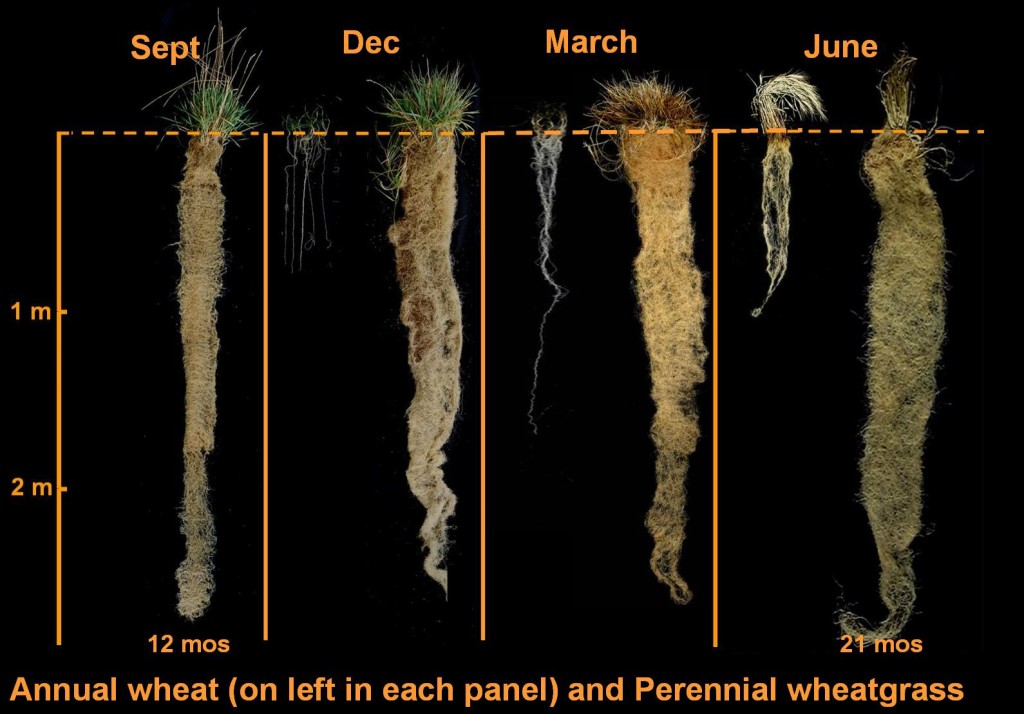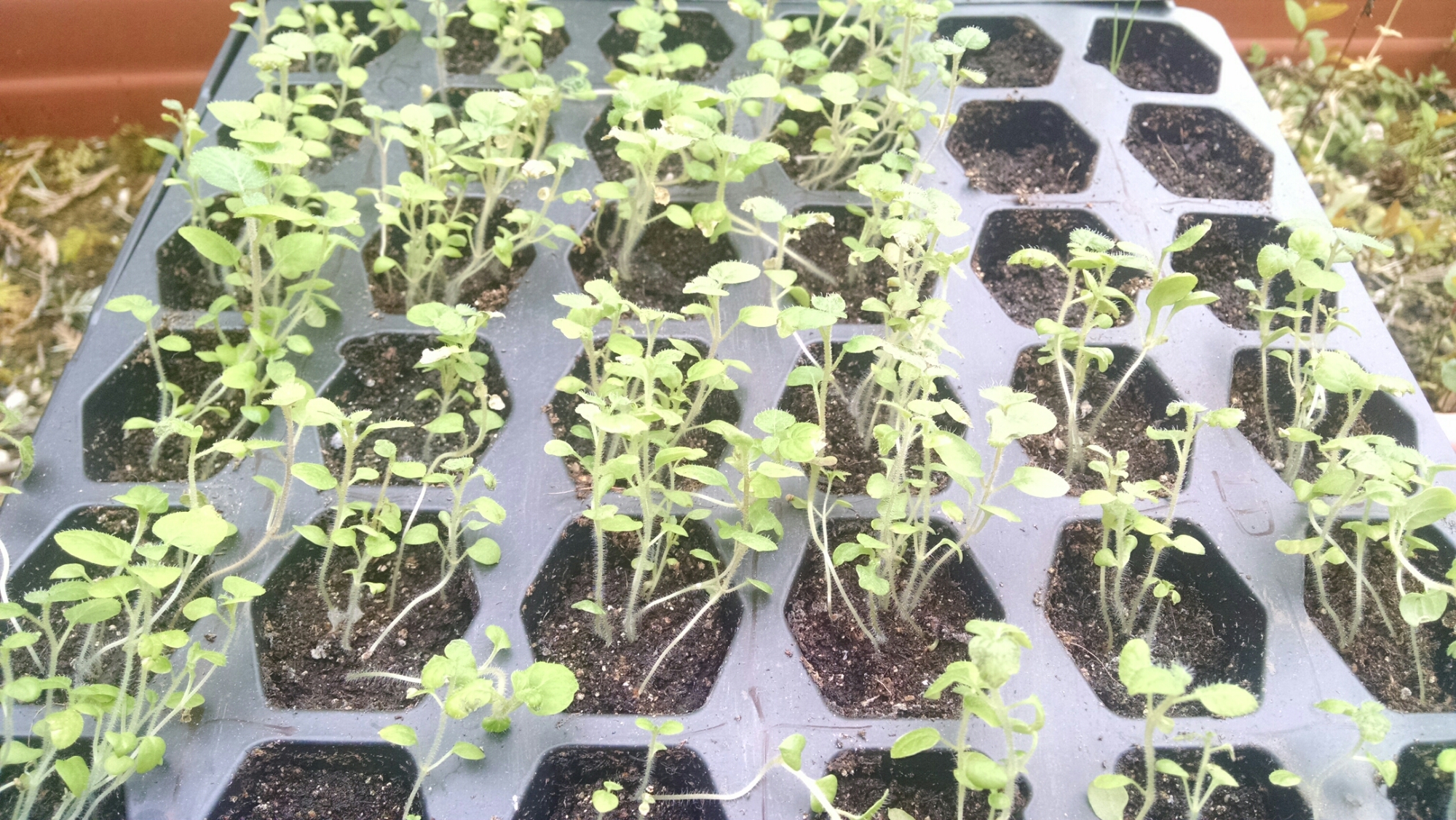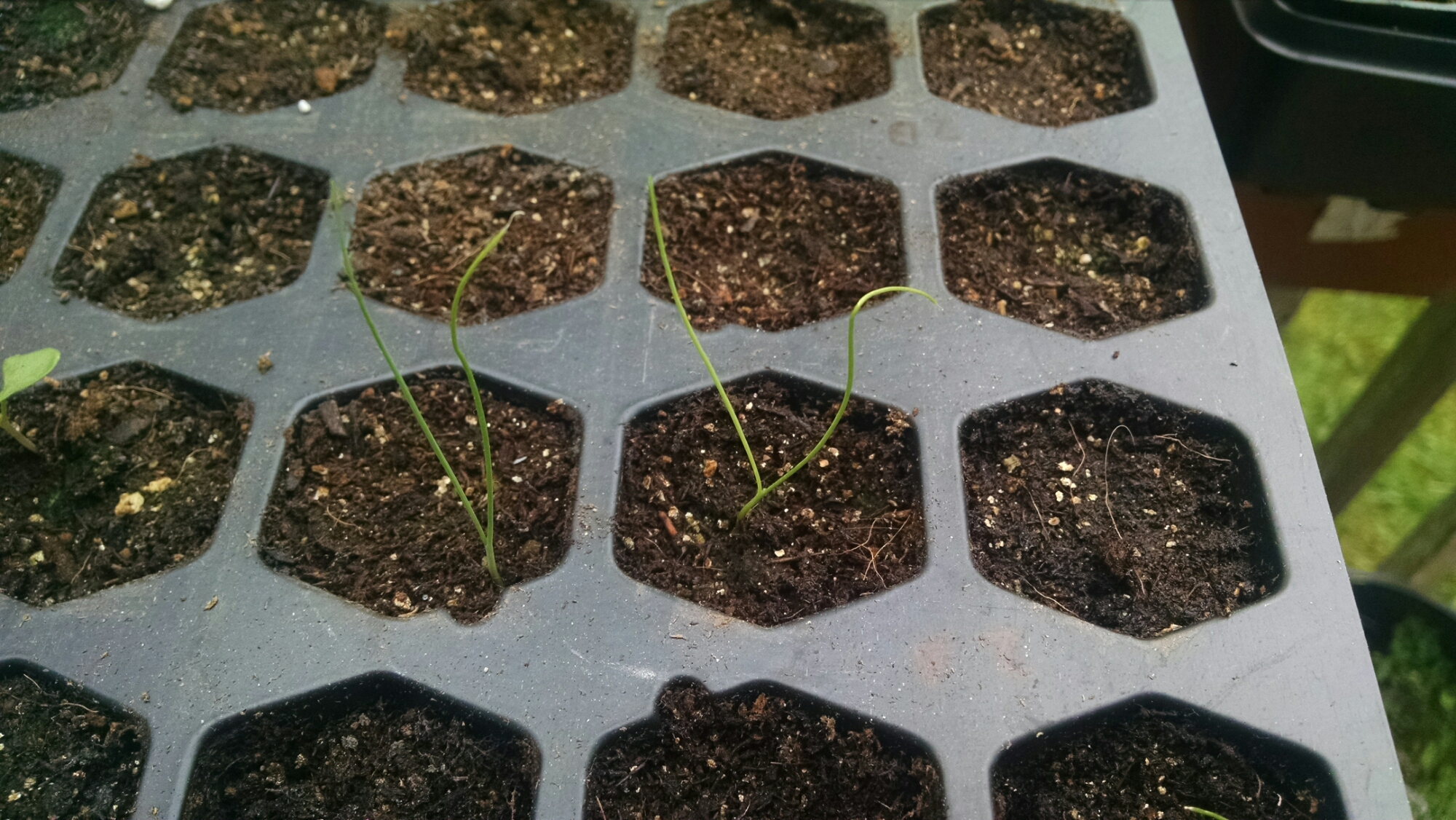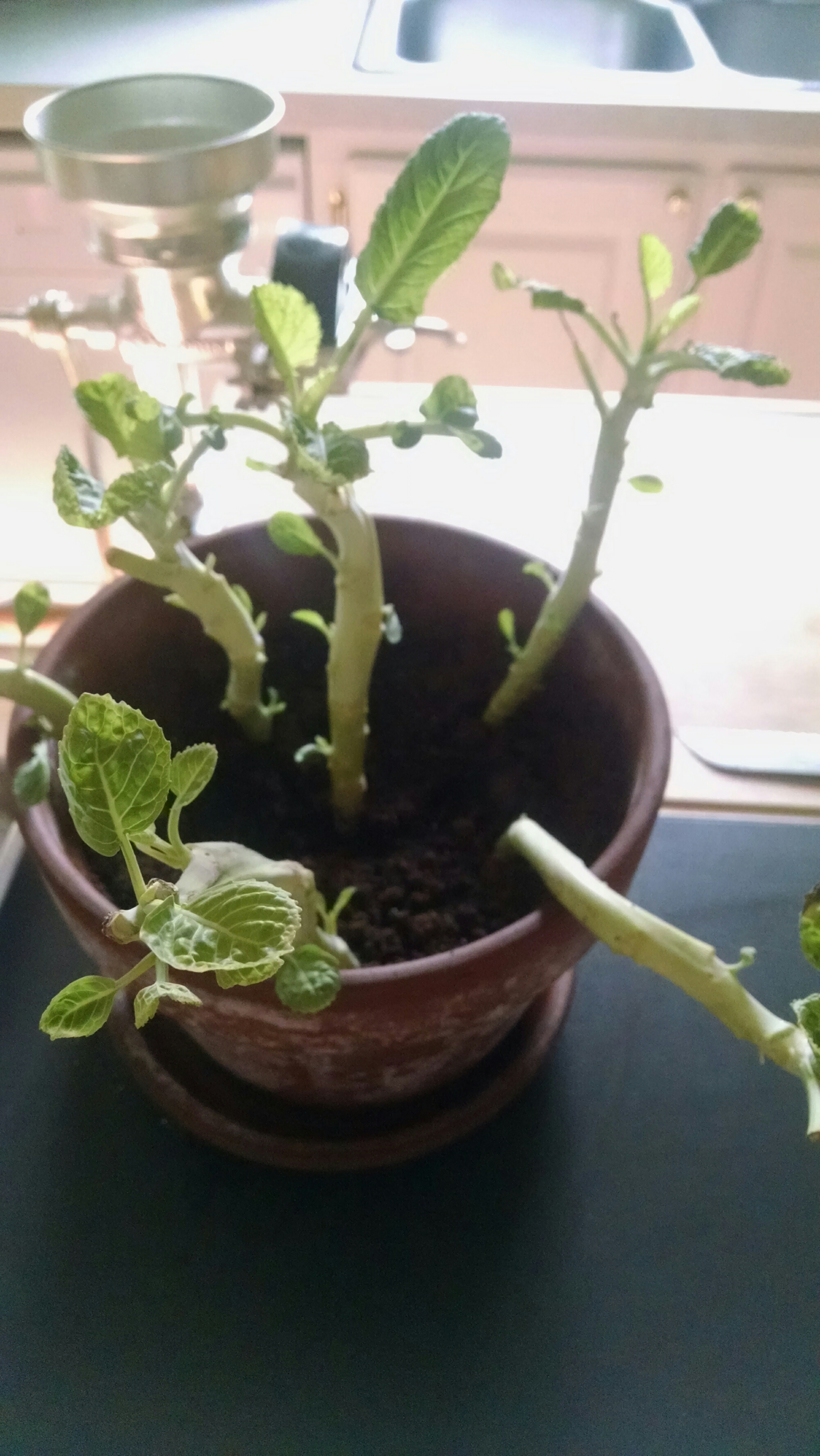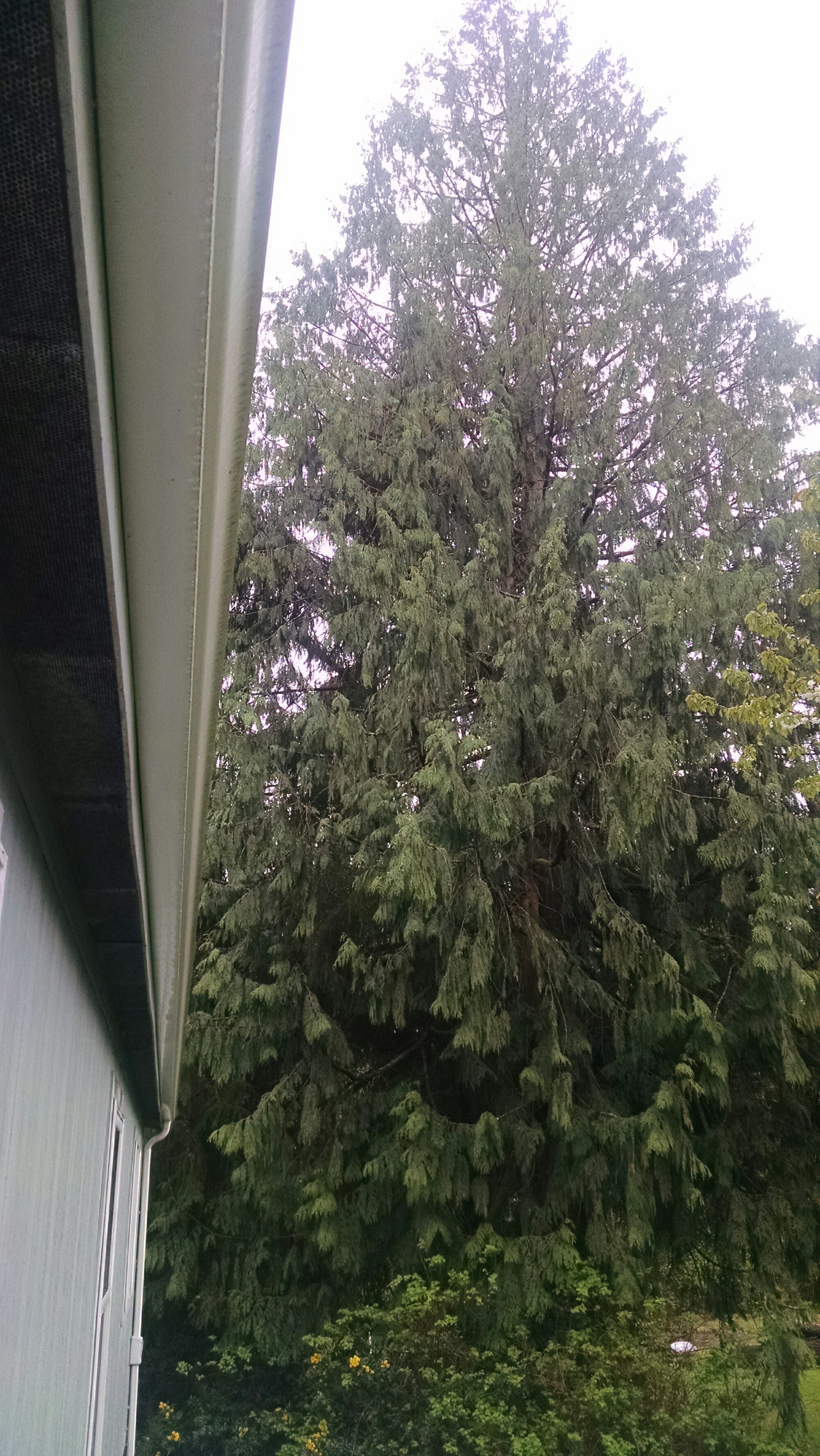Growing calories
In addition to the vegetables, berries, and herbs, we’re growing some crops that have a wallop of calories. Hopefully we’ll be able to eat many full meals from the food we grow right here, without needing to get the main course from somewhere else. There is often an assumption that home gardens are for growing vegetables because it would take lots of space and machinery to grow what fills the belly. It is possible to grow 40 pounds of wheat on 1/40th of an acre, though. That would be a fairly significant portion of the flour a person needs for a year. If you have time to do it, even with fairly limited space, you can grow a lot of food. We are abundantly blessed to have a half an acre to work with.
There is also the fact that most staple crops are ridiculously cheap in the store. So why on earth would you take the time to do something like growing your own potatoes when you can buy fancy organic ones for $1 a pound? It does take time, and we are blessed to have the time. But like the space, it may take less then you’d think, and it is well worth it just because it feels good to work with your hands outdoors. There is so much more, though. If you have a family, and especially if you have kids, growing food is a fantastic thing to do together. There is immense spiritual benefit to, as a family, physically living out diligent stewardship, and seeing the literal fruit of your hard labors together, and yet being made very aware that all of it is completely subject to God’s provision.
For a while at least, we’ll still buy some potatoes and flour at the store. What we won’t buy at the store is anything that lets me and my family glimpse a bit of eternity together.
Back to practicalities. In terms of growing calories, there are a few considerations. I want them coming from a number of crops. I do not want failure of one thing to take out the whole food supply we were trying to grow. It is healthy to eat a diverse diet, too, so shooting for diversity attacks two birds with one stone.
Another consideration is ease of harvest and processing. Most of the calorie crops we are growing are straightforward to use. We will be growing some wheat and other grains, but that will come with a learning curve before we can harvest and process it in bulk. Right now, we’re just growing out seed stock, so we have a year or two to get set up for that.
Lastly, amount of replanting and soil disruption required. Currently our calorie crops are things that are either annuals, or perennials with underground food stores that require digging. This involves a lot of disturbance to the soil, and ongoing replantings. Over time we’ll bring in some tree crops to contribute so that we can have some areas of more permanent plantings that provide solid amounts of calories. Given that we are just establishing our garden, however, these will not being helping out for years.
What we are growing
We’re growing a lot of ordinary staples: beans and peas, pumpkins and squash, wheat, corn, potatoes, tomatoes, onions, carrots, beets, etc. At some point we’re going to have fruit and nut trees, but those aren’t in yet. Some of the not as common staples we are growing are…
Amaranth
Amaranth is a pseudograin originally cultivated by the Aztec civilization. It is a lot like quinoa. It grows like a weed, has edible greens, and produces up to a couple of pounds of high-protein yield on a single seedhead, and is much easier to harvest and process than things like wheat. And not only that, it is planted in the hot season here, so when a lot of other crops are tapering out this shoots up.
Garlic, leeks, and elephant garlic
Garlic, leeks, and elephant garlic are regarded more as flavorings than as calorie crops, but they actually have a pretty decent yield of calories per area cultivated. Obviously these are not eaten in huge quantities, but eaten in fairly normal quantities they could provide 2-3% of caloric intake. And what I’m trying to do is have diverse sources of calories, and if everything grown for calories produced 3% of what was necessary, I’d only need about 30 calorie crops. That doesn’t even account for the calories that do come from greens and other vegetables.
Elephant garlic gets a bum rap for being a weak knockoff of garlic. Another way of looking at it is a member of the alium family that is high-yielding, easy to harvest and process, and can be cooked up however you like. If onions can be a staple crop, so can these. What I’ve done is sliced the cloves and fried them with seasonings, and they go along well with the kinds of things you would eat with grilled onions.
Sunflowers
Sunflower seeds are tasty, healthy, and fairly calorie dense. I scattered Mammoth Sunflower seeds over about an acre of a neighbor’s yard (with permission!), and will be completely neglecting them until harvest time. I got the seed from a friend who has been saving them for a few years and generally selecting for ability to grow well without being coddled, so hopefully we’ll get a good yield of food and also seeds that are incrementally better at growing without being coddled.
Sunroots
These are also called Jerusalem Artichokes, or Sunchokes, but I like the name Sunroots because that is closest to what this plant is: a sunflower with edible tubers. It grows like a weed, does not seem to have disease or pest pressure to speak of, and supposedly is good roasted with oil and salt. When I hear that something grows like a weed, what I take that to mean is that the plant is not going to need a lot of work or the best soils in order to thrive and produce. I like that. I’d rather do some extra chop-and-drop work because my crops are too vigorous than try to coax spindly things into not dying. And if such a weedy edible plant is good with salt and oil, it is especially welcome in my garden. Sadly, this does not make large, tasty seeds like other plants in the sunflower family, but I can forgive it that.

